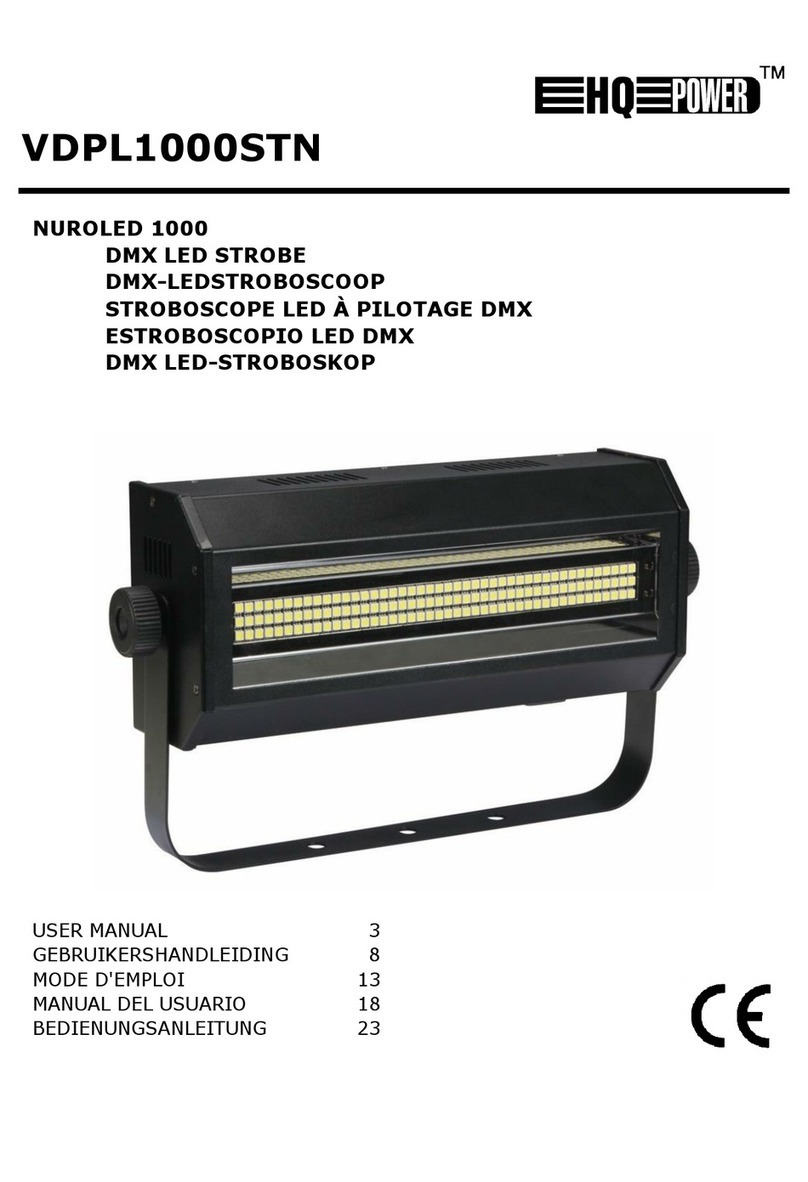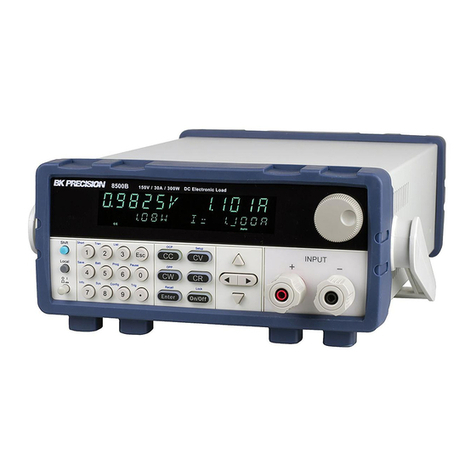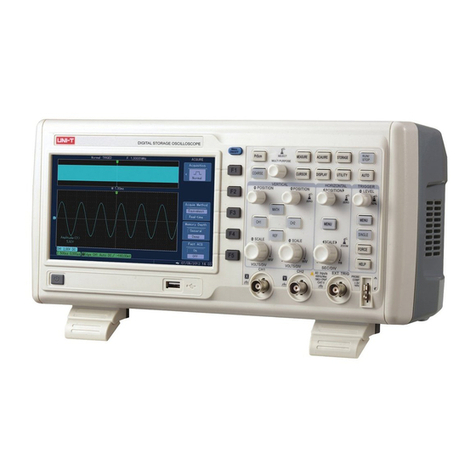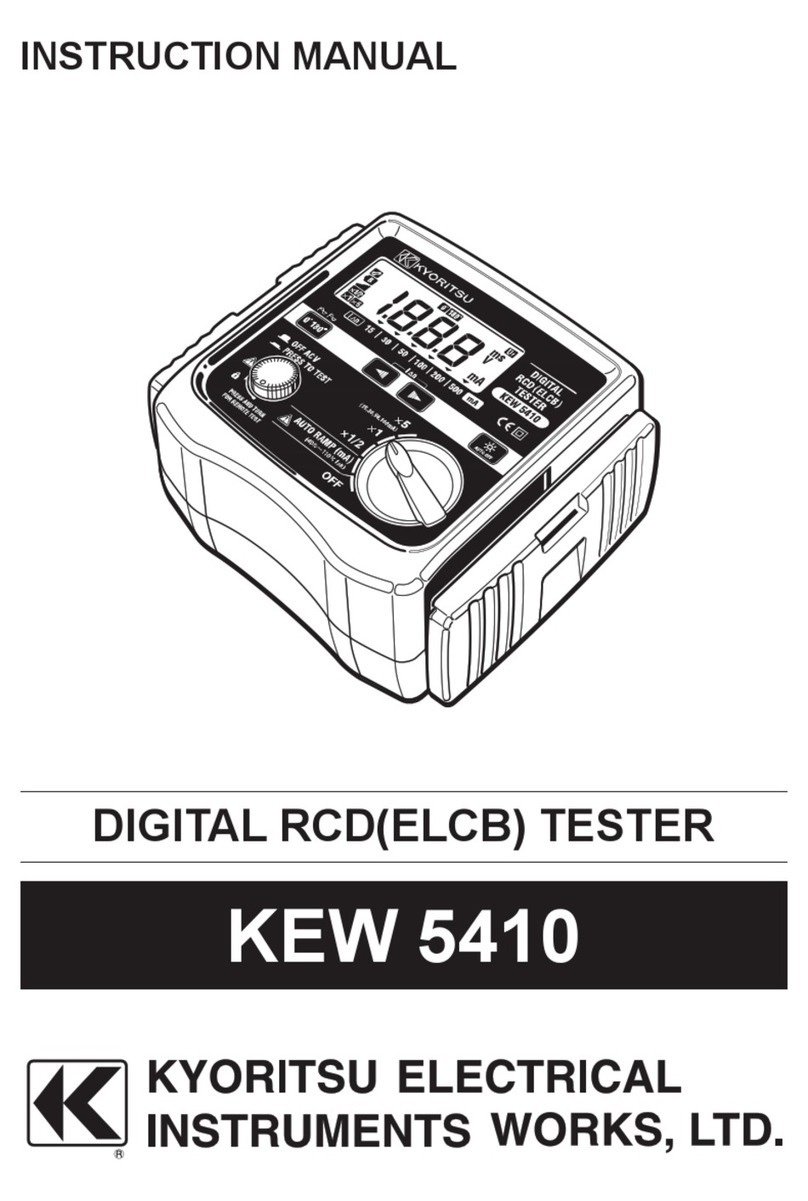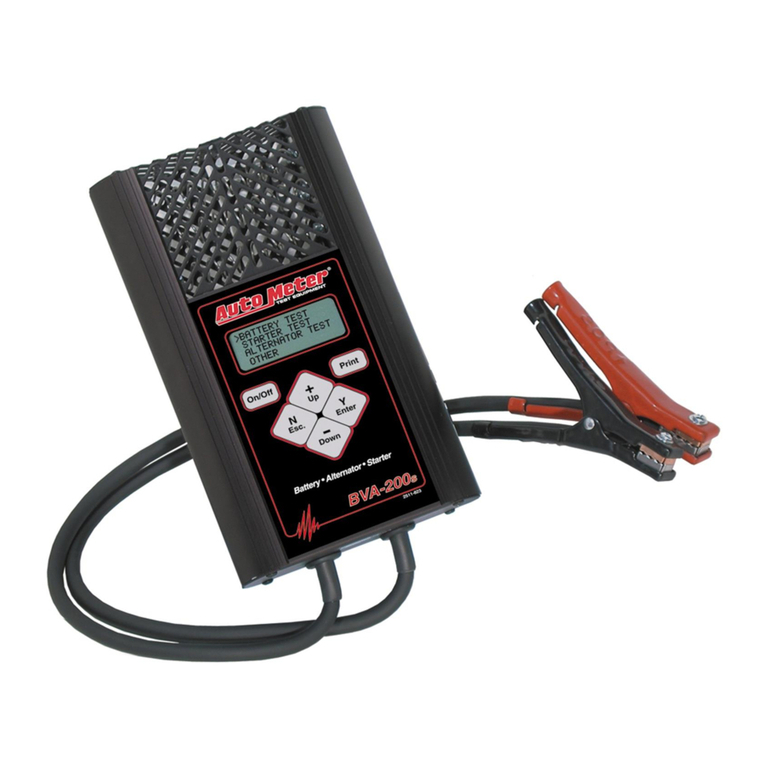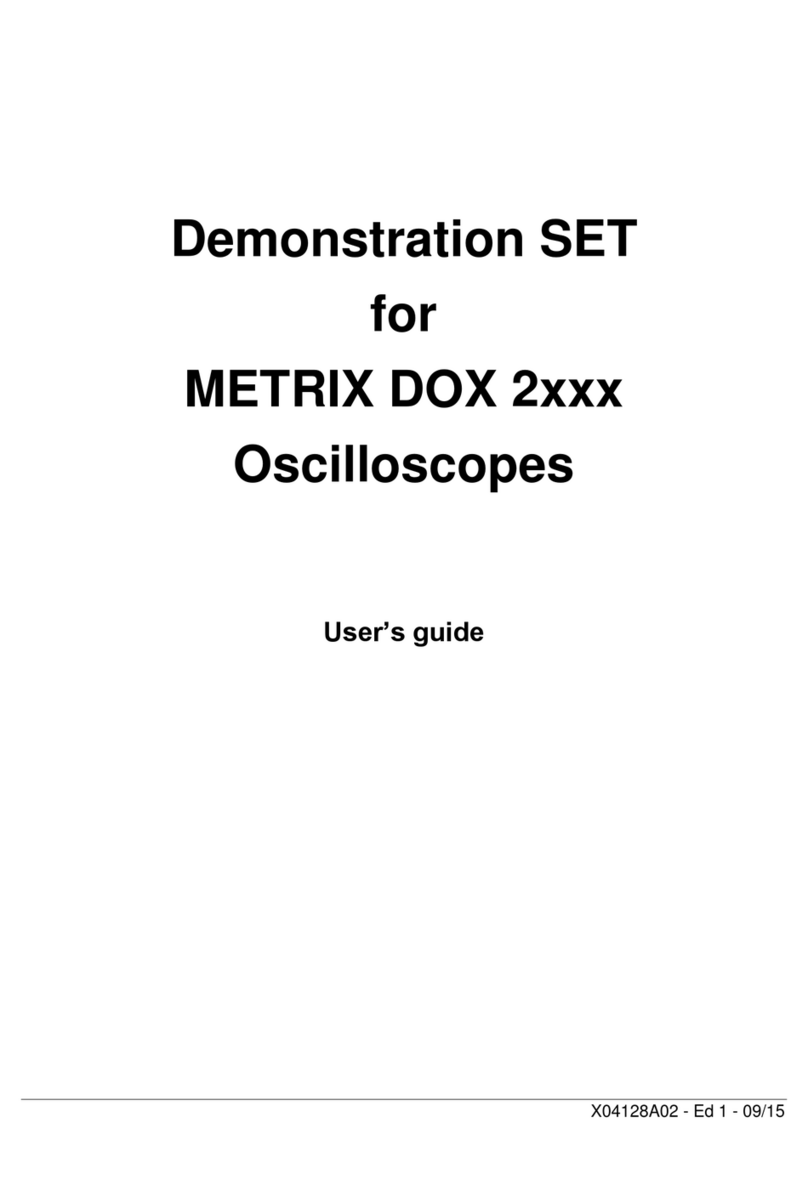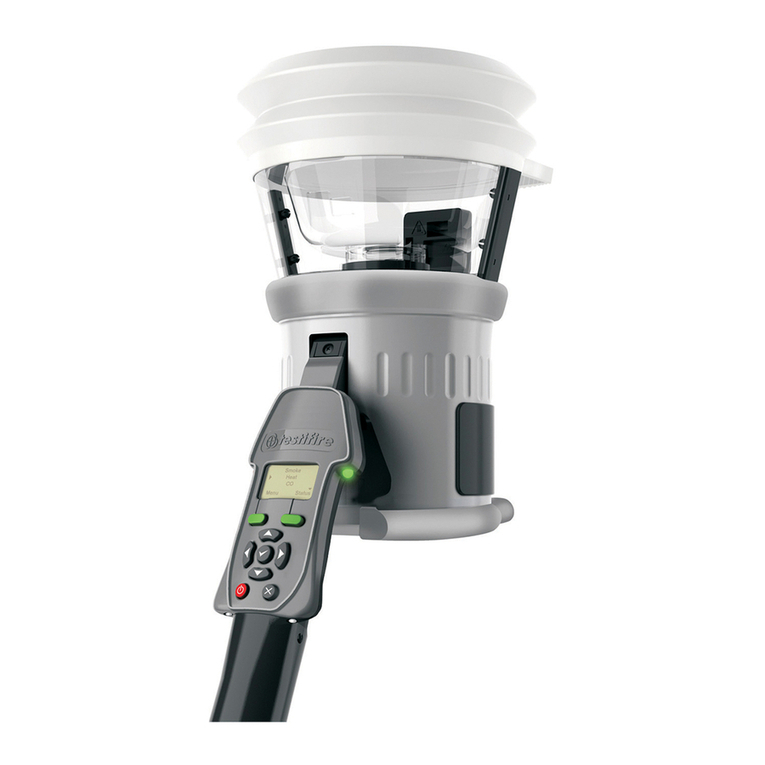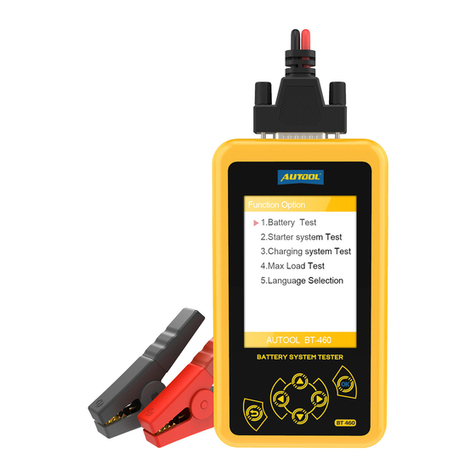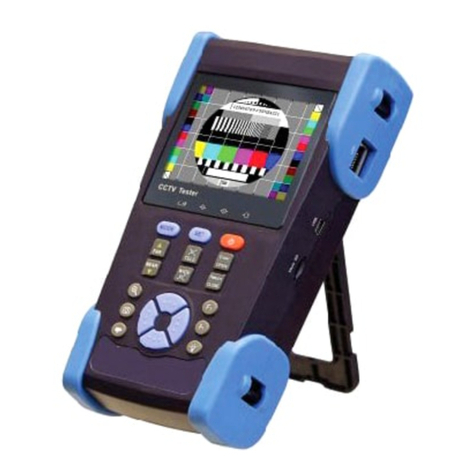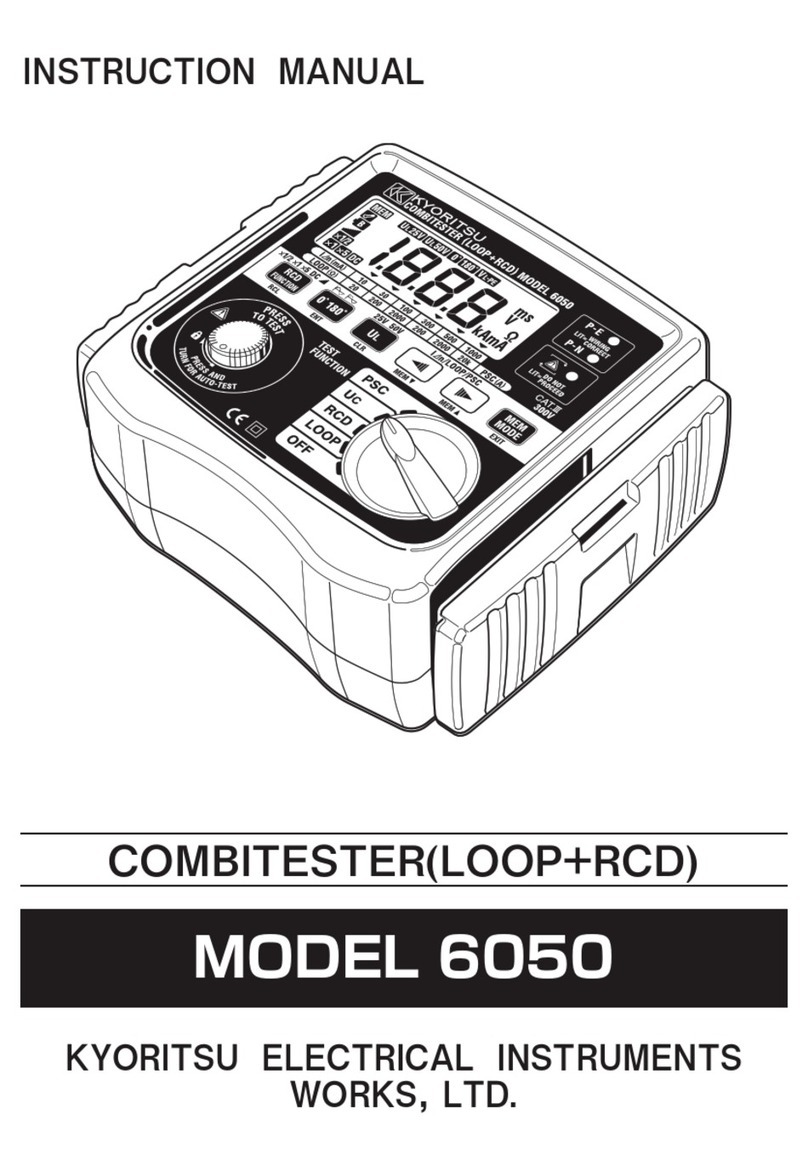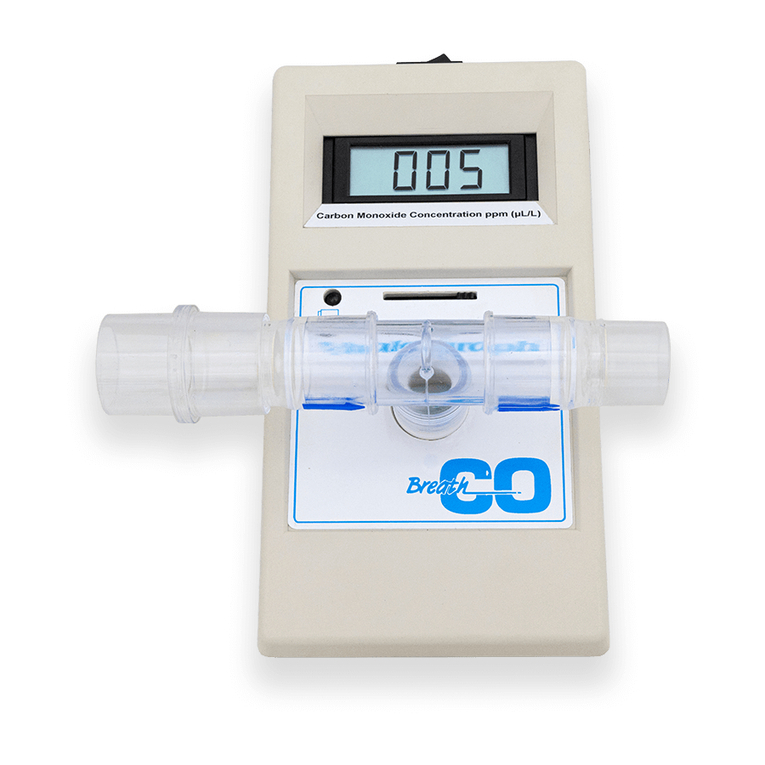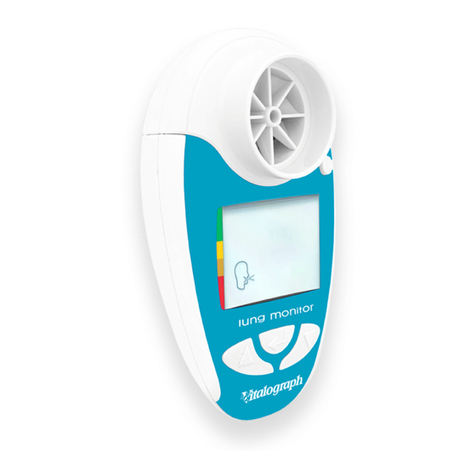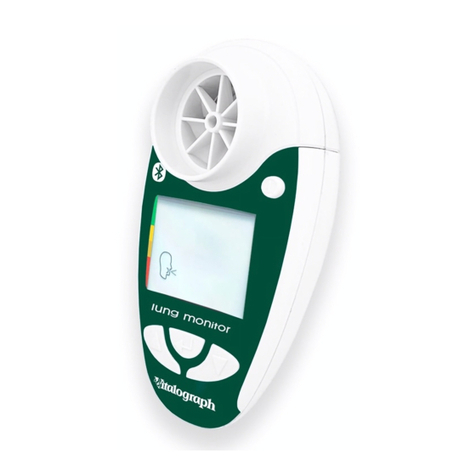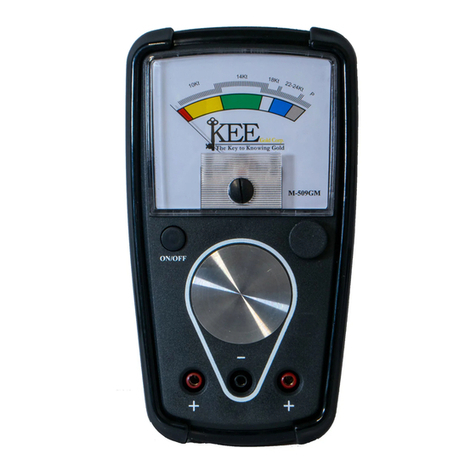
for single use only.
5. Spirometry is a valuable tool that provides important
information to clinicians which is used together with other
physical ndings, symptoms, and history to reach a diagnosis
(ATS/ERS 2019). And as such, spirometry may support or
exclude diagnosis, but it cannot make one.
6. Take care not to block the mouthpiece with the tongue or
teeth during testing. A ‘spitting’ action or cough will give false
readings.
7. Subject fatigue may occur during testing depending on the
subject’s characteristics e.g. age, health status. For safety
reasons, testing should be preferably done in the sitting
position, using a chair with arms and without wheels. Subject
can also take a break between tests.
8. All values displayed are expressed as BTPS values.
9. Time zero is determined using the back-extrapolated method,
from the steepest part of the curve.
10. Symptoms must take precedence over device measurements.
11. Do not expose the device to liquids other than cleaning liquids
specied.
12. Keep device dry. If the device gets wet, do not use it, and
contact Vitalograph using the contact information at the start
of this manual. Do not connect any part of this device to mains
power as there is a risk of injury especially if the device is wet.
13. The device is not intended to be used in the presence of
ammable liquids or gases, dust, sand or any other chemical
substances.
14. Service and repairs should be carried out only by the
manufacturer or by Service Agents specically approved by
Vitalograph.
15. RF communications equipment (including peripherals such
as antenna cables and external antennas), which emit
electromagnetic elds, should be used no closer than 30 cm
(12 inches) to any part of the device, including cables specied
by Vitalograph. Otherwise, degradation of the performance of
this equipment could result.
16. The device is a Type BF applied part. The subject comes into
contact with the device, mouthpiece, SafeTway or Eco BVF




















